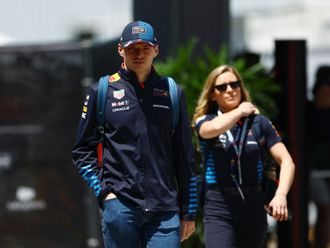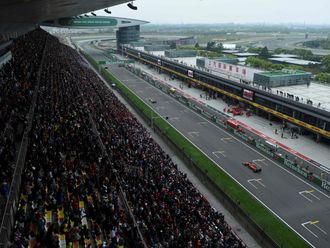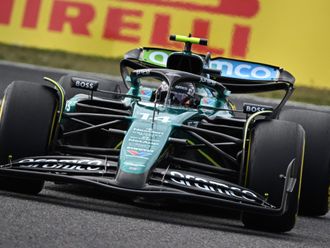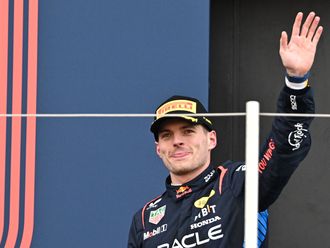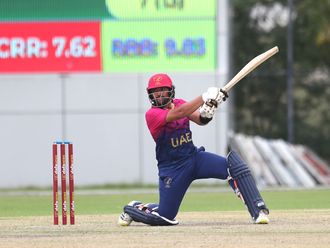Bahrain: Formula One could suffer a severe attack of incurable Bahrain-fade at this weekend’s second Grand Prix clash.
And it is all down to what has turned into a questionable reshaping of Saturday’s qualifying session that has earned condemnation the length and breadth of the pit lane and behind the scenes with the teams’ hierarchy’s.
Me, too ...
The new system, introduced at the Australian opener in Melbourne, has already been written off as a disaster destined to take F1 not as single step further in its anxiety to boost falling trackside spectator numbers.
The first flawed tryout in Australia fizzled into a yawn due to lack of on-track activity, with drivers sitting out the last minutes of the shoot-out session when, ideally, they should have been staging a show and tussling wheel-to-wheel for the top spot on the grid.
Why on earth the bleak format, so widely condemned, has been given a second chance in Bahrain is a mystery, but I suspect the persuasive initiative of F1 ringmaster Bernie Ecclestone may have stirred some rethinking among the rebels to the scheme and they backed down from their derision and demands for it to be abandoned.
Even though Bahrain’s night show — the actual race — promises to be a whizz-banger of a close contest, the qualifying rehearsal the day before could be another flop. I cannot imagine Saturday’s build-up outcome will be one iota of an improvement.
Mercedes team head Toto Wolff, ambitious and determined enough to assume the Ecclestone mantle if the opportunity should ever arise, has been as vociferous as one would expect from this rather outspoken principle figure.
His driver pairing of world champion Lewis Hamilton and Nico Rosberg, the title runner-up, locked out the front row in Melbourne under the new knockout rules for the three stages of the session but he fronted the deluge of follow-up criticism.
He gave me this message after an emergency get-together of the team bosses: ”We will see the new qualifying system go ahead again this weekend in Bahrain. I have to say it was less than impressive in Australia. But we have opted to give it one more try.
“All the teams were unanimous in their opinion of it — and it was not positive. We have not found the right formula to cope with this change and it is hard to see how it might be more entertaining for the fans this weekend in Bahrain.”
So what has changed and what lies in store for the frustrated drivers and thrill-seeking spectators around the International Circuit in Sakhir right now?
The old system and qualifying was divided into three sessions, with the slowest few being knocked out and the rest going ahead into the follow-up session with a shoot-out of the top-ten quickest for pole.
The new system, still with a three-session format, was introduced for the season opener Down Under in a bold and revolutionary effort to mix up the grid and inject some pep and drive into the line-up. It will enjoy at least one more chance.
After nine minutes, the slowest car is eliminated and another car every 90 seconds. The history-maker first session in Melbourne saw seven cars dumped out, another seven went in the second session and six in the final run before a 90-second shoot-out between the two quickest cars. Phew!
Ecclestone reasoned: ”What I don’t want to see is where you and I can predict how the grid is going to be for the start of the race and how the race is deemed to finish.”
After the tiresome Melbourne mess-up Red Bull boss Christian Horner exclaimed: “I think we should apologise to the fans.”
Wolff admitted ‘it was rubbish’.
If the unthinkable occurs again in Bahrain and there is a repeat of a deserted track for the same niggly four minutes of emptiness that setback the shoot-out closure in Australia, then Formula One, Bernie Ecclestone and race director Charlie Whiting better get their heads together for a scene-saving escape route.


